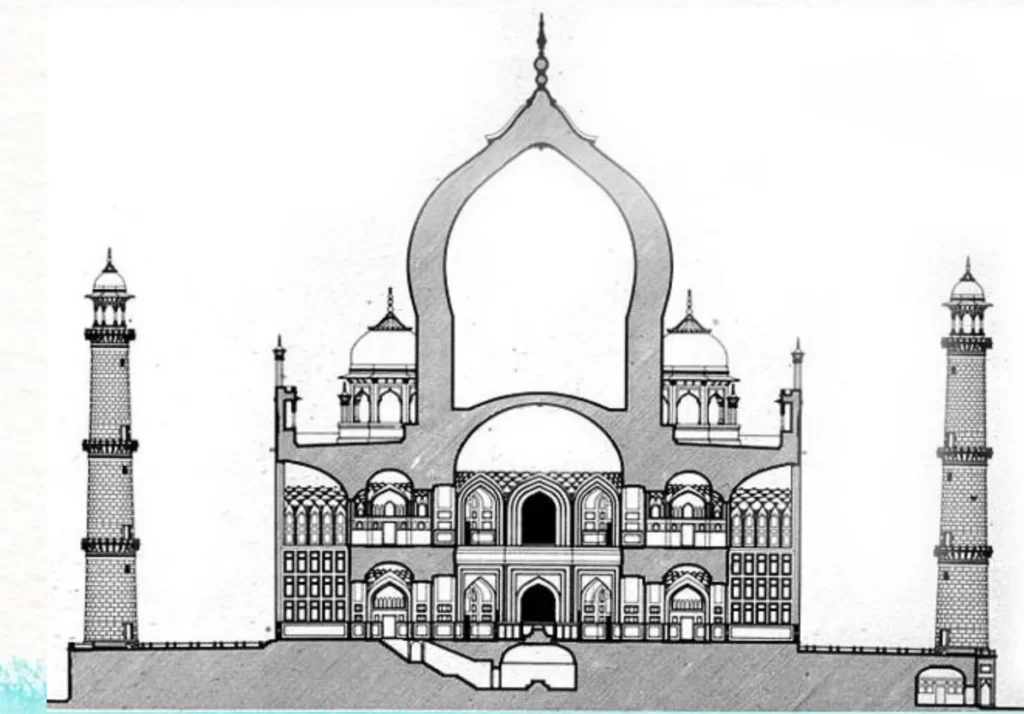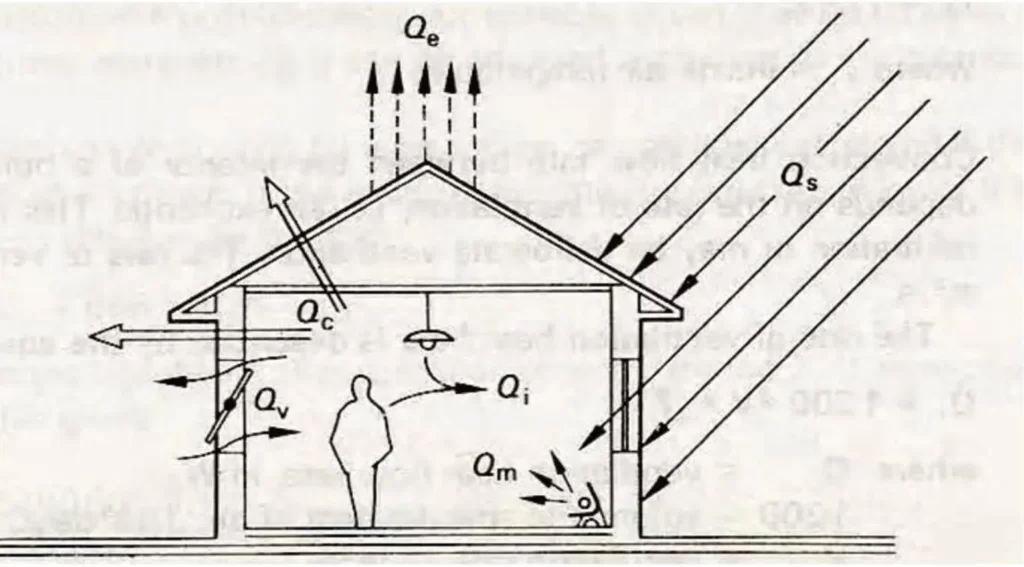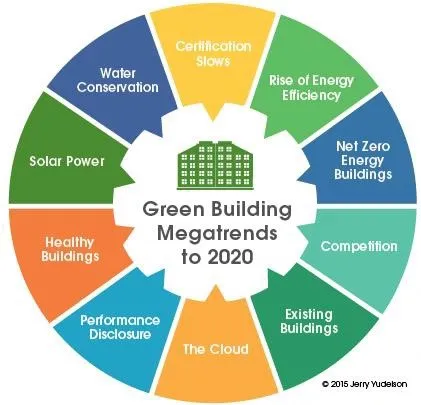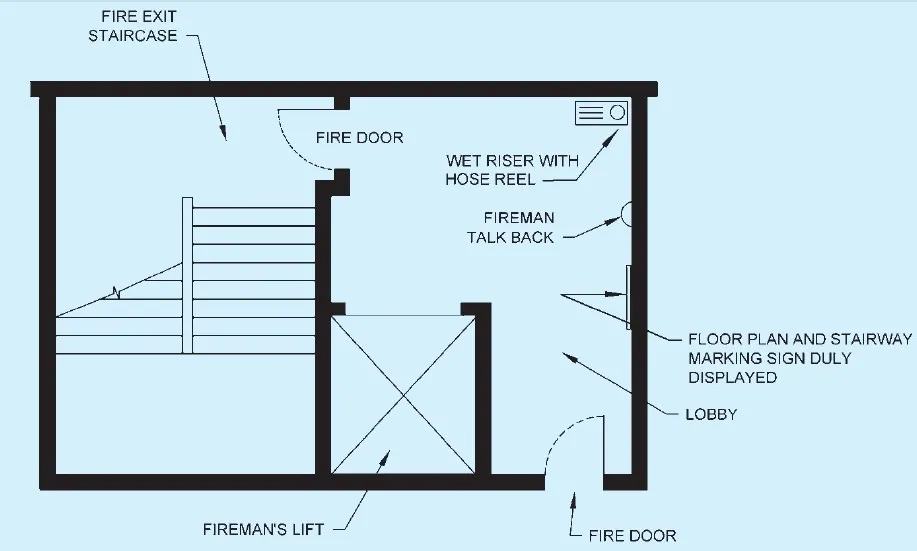WELCOME TO
ALL ABOUT MATERIAL AND FINISHES IN STRUCTURE
Architectural information for beginner architects and students
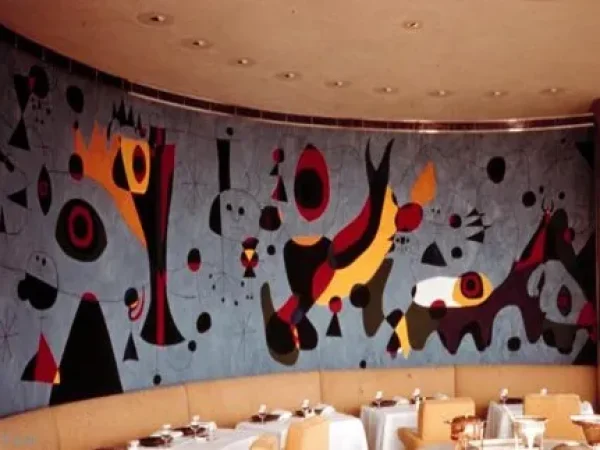
WALL FINISHES
Wall finishes refer to the material used to cover the surface of the interior walls in a building. There are many different types...

WALL CLADDING
Wall cladding refers to the process of covering a building's exterior walls with materials such as wood, metal, vinyl, or brick...

INFILL WALL MATERIALS
Infill walls are interior partitions that fill the gap between the exterior walls and the building structure. These walls are typically...

CEILING FINISHES
Ceiling finishes refer to the materials and methods used to cover and decorate the upper surface of a room, such as paint, wallpaper...
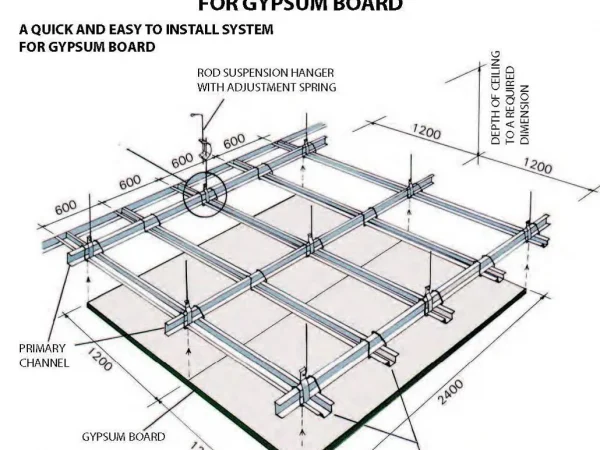
GYPSUM CEILING
A gypsum ceiling, also known as a plasterboard ceiling or a drywall ceiling, is a type of suspended ceiling that is commonly used...
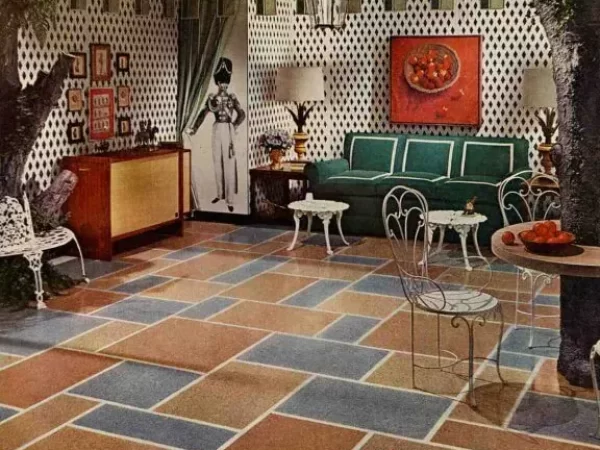
TYPES OF FLOOR FINISHES
The purpose of a flooring is to provide a level surface capable of supporting the occupants of a building, furniture, equipment...
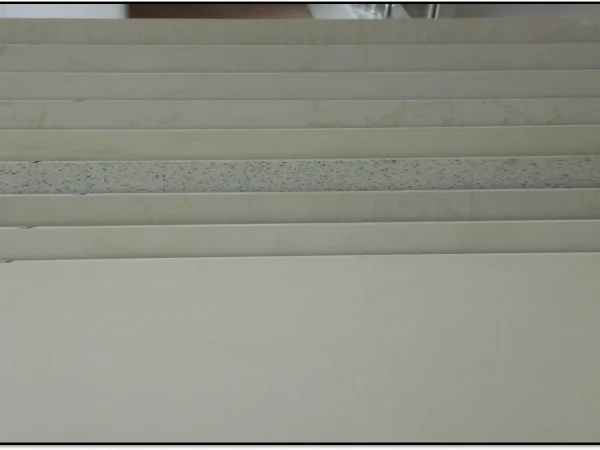
TILE FLOORING
Tile flooring is a type of flooring that is made up of ceramic, porcelain, or natural stone tiles. It is a popular choice for many...
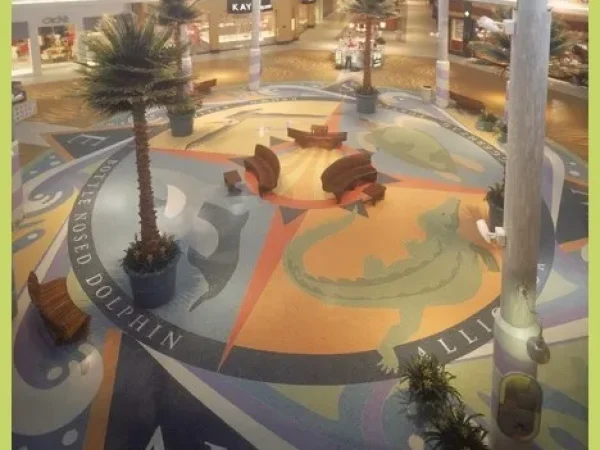
TERRAZZO AND MOSAIC FLOORING
Terrazzo and mosaic flooring are two types of decorative flooring that use small pieces of materials, such as marble, glass, or stone...

MATERIALS AND THEIR APPLICATION
There are several materials that are commonly used in architecture, each with their own unique properties and applications...
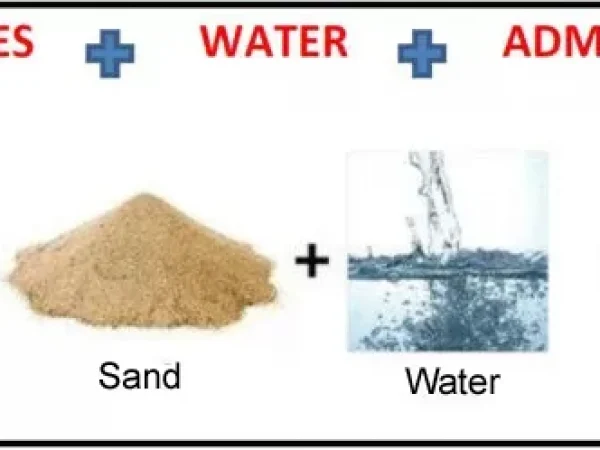
CONCRETE MATERIAL OVERVIEW
Concrete is a composite material composed of coarse aggregate (such as gravel), fine aggregate (such as sand), cement, and water...
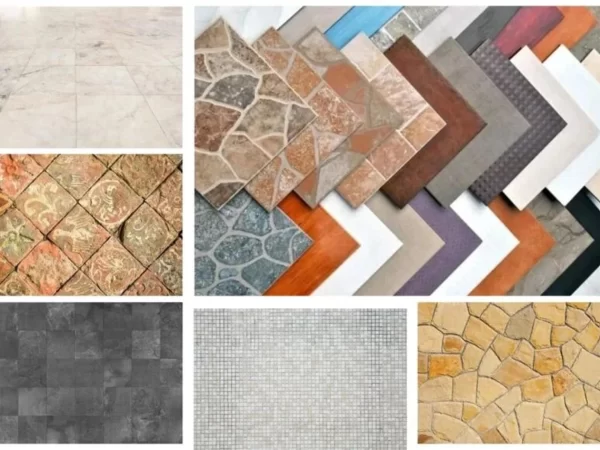
TYPES OF TILE FOR FLOORING
Tile flooring is a popular choice for many homeowners and commercial spaces due to its durability, versatility, and aesthetic appeal....
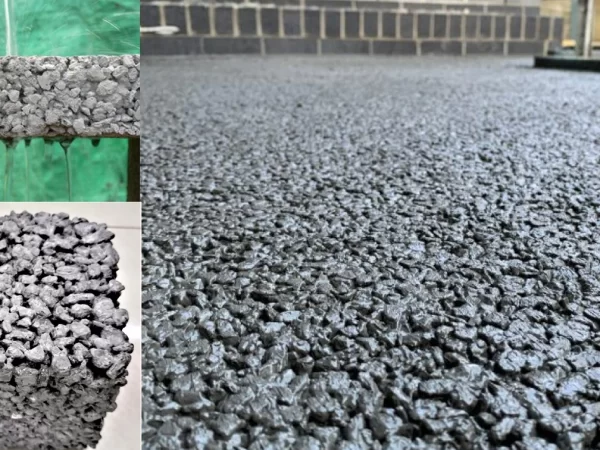
PERMEABLE CONCRETE
Permeable concrete, also known as porous concrete or pervious concrete, is a special type of concrete that is designed...
